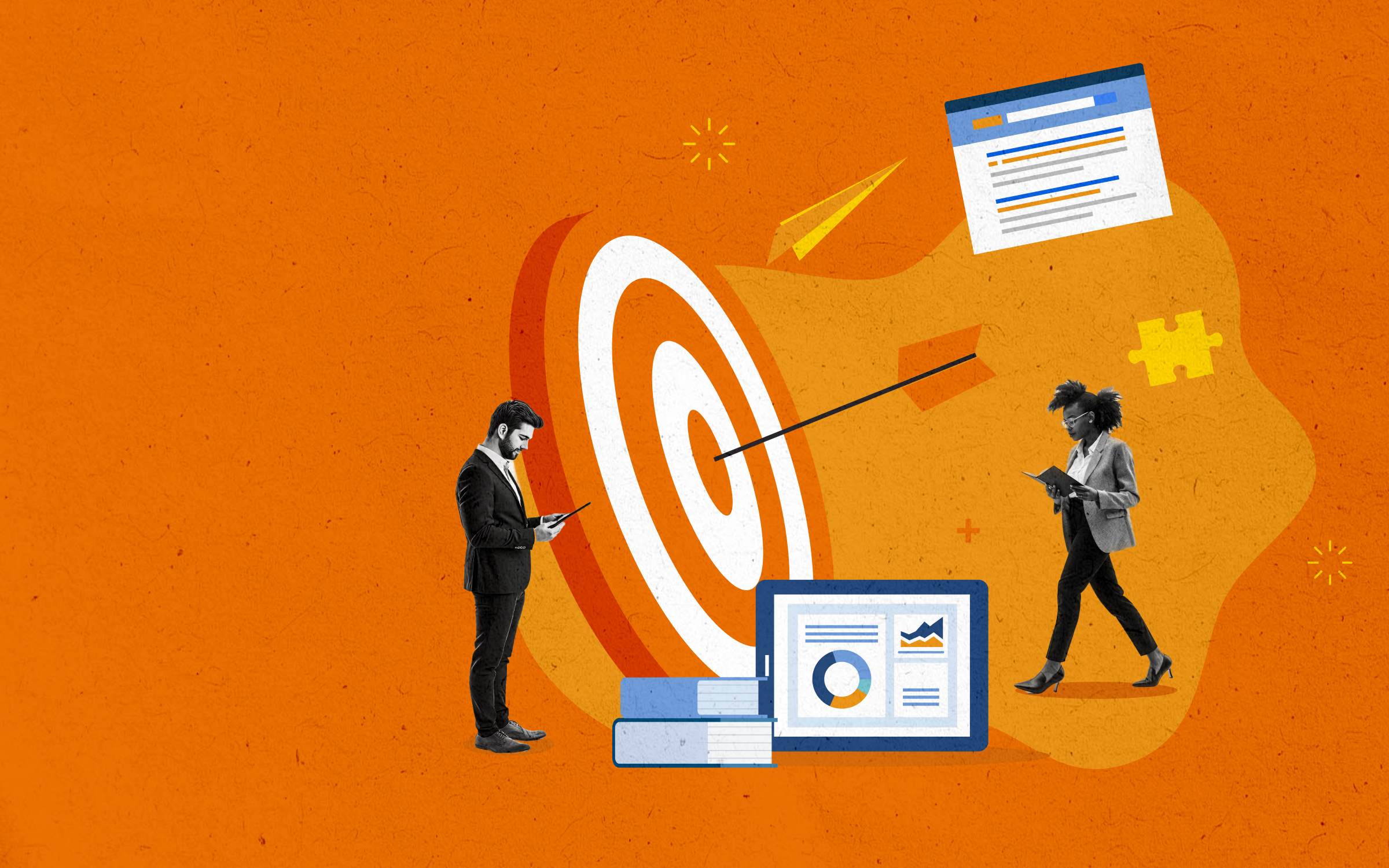In the early days of the pandemic, empathy and empathetic leadership emerged as the premier topics of conversation in corporate America. As businesses shut their doors and employees began working from home, leaders understandably searched for answers to the big question: How do I keep my business operational while taking into account the unique and deeply personal challenges employees are facing?
As an organizational psychologist and empathy researcher, I was excited to see the term make its way into the mainstream workplace vocabulary, but there was still a learning curve as business leaders began to incorporate empathy into their organizations. In my work with executives across the country, I’ve encountered the same four myths about empathetic leadership that, if left unchecked, have the potential to seriously harm a business. Here are a few ways to mitigate that risk.
1. ‘Empathetic Leadership Results in a Lack of Leadership.’
This myth is probably the most damaging of the four we’ll cover because it can limit how much empathy a leader ultimately shows their team. Typically, those who hold this belief fundamentally misunderstand empathetic leadership. They assume that leading with empathy means there is no clear structure within an organization and that everyone is so busy talking about their feelings all the time that hardly any work gets done—but this couldn’t be further from the truth. In fact, a recent survey found the exact opposite: empathetic leadership is actually linked with higher levels of productivity.
A lack of leadership often goes hand-in-hand with a lack of accountability across a team—from the executive board to entry-level associates. So how do you solve this? Ironically enough, by empathizing with employees and taking on a holistic approach to problem-solving. When people know their needs will be met with compassion and understanding, they’re much more likely to ask clarifying questions or take ownership of their part in an unsuccessful venture. If you’re concerned about a lack of clear, strong leadership in your organization, start by incorporating more empathy, not less.
2. ‘We Have to Have Similar Experiences to Empathize.’
Many people assume, both inside and outside of the workplace, that we can’t empathize with others unless we’ve experienced similar circumstances ourselves. However, empathy is about understanding the emotional experience of a situation, not necessarily relating to the situation itself. In her 2018 book, Dare to Lead, Brené Brown summarizes it perfectly: “Empathy is not connecting to an experience. Empathy is connecting to the emotions that underpin the experience.” When confronted with a situation you think you can’t relate to, pause and ask yourself, “Have I ever experienced the emotion this situation is evoking for this other person?”
Let’s use conversations around DEI as a real-world example. These conversations can be polarizing, but they don’t need to be. When someone feels uncomfortable hearing about another person’s lived experience that’s different from their own, they might respond with, “Well that’s not my experience.” Responding this way can be hurtful to the individual, who will likely feel dismissed and unheard. This can translate to feeling largely unsupported by the organization itself, which could elicit a number of consequences such as disconnected teams and interpersonal conflicts.
I’ll say it again: Relatability doesn’t matter when it comes to empathizing. So let’s go back to our DEI example. Let’s assume during a company-wide training, someone is brave enough to share that they’ve been the target of microaggressions on several occasions since joining the organization. Even if you’ve never experienced microaggressions yourself, you can still understand why it would be traumatic for someone. Ask yourself: Have you ever felt belittled, condescended to or stereotyped based on certain aspects of your identity? If the answer is yes, then you can empathize.
“In my work with executives across the country, I’ve encountered the same four myths about empathetic leadership that, if left unchecked, have the potential to seriously harm a business.”
3. ‘Empathy Isn’t a Teachable Skill.’
Considering empathy is a “soft skill,” it’s understandable why some might assume that we either feel empathy or we don’t, as if there’s nothing we can do to change our intrinsic emotional response. But like any skill, it’s possible to get better with practice.
But how exactly do you “practice” empathy? You ask questions until you understand. If one of your employees tells you about a problem that’s impacting them and/or their ability to carry out their duties, start by asking questions such as, “Can you tell me more about that?” or, “How does this make you feel?” or “Is there anything I can do to support you?” From there, you can begin working on a solution.
It’s important to train ourselves to open up when we’re in uncomfortable situations instead of shutting down. If we give ourselves time to ask difficult questions, we can improve our empathy skills one issue at a time. But don’t get me wrong—there will be some growing pains. You will probably never fully understand every single situation, but over time, as you connect with a variety of emotional experiences, you’ll find it gets easier and easier.
4. ‘Empathy is Empathy—There’s Only One Type.’
This last myth is pretty easy to debunk considering the amount of research available on the three distinct types of empathy, but let’s dig into these distinctions and consider how each type of empathy can be useful in different professional situations.
The first type of empathy is cognitive empathy, or intellectually understanding what someone is going through but not experiencing those feelings yourself. Cognitive empathy is an excellent tool when you need to keep some emotional distance from a situation, such as when entering a negotiation. In these situations, you might hear someone say something like, “I understand you feel this way.” Granted, it’s not the warmest or fuzziest type of empathy but there’s definitely a time and place for it in your business.
The next is emotional empathy, sometimes known as parallel empathy, or when we sense and take on someone else’s emotions. Imagine for a moment that you’re a mentor to an up-and-comer in your field. You support them as they prepare to pitch a potential client, but ultimately, your mentee doesn’t close the deal. Afterward, your mentee is upset and a little embarrassed to have lost such a monumental opportunity, and although their loss doesn’t impact your business or career, you feel the same sadness and embarrassment your mentee is feeling. Emotional empathy can be an excellent tool when it comes to things like team building, but make sure you have firm boundaries in place or you might end up carrying every emotion as your own, which can leave you feeling exhausted and unproductive.
Finally, there’s compassionate empathy, also known as reactive empathy, which I consider to be the highest level of empathy. Compassionate empathy makes you want to spring into action and provide tangible solutions to the problem at hand. Of course, if you lack boundaries and start trying to solve everyone’s problems, this type of empathy could present some issues. But in most cases, this is the kind of empathy you should strive for in your organization.
When one of your team members is faced with an issue, you’ll want to go beyond simply acknowledging their experience (cognitive empathy) in order to embrace those emotions as your own (emotional empathy) and actually provide tangible support as best you can (compassionate empathy). Your organization will almost certainly be better for it.







